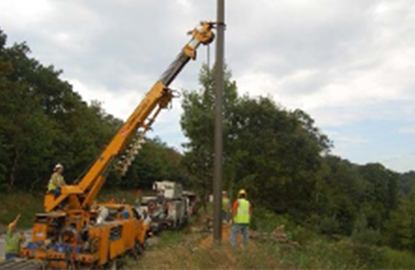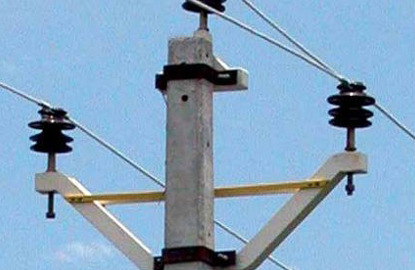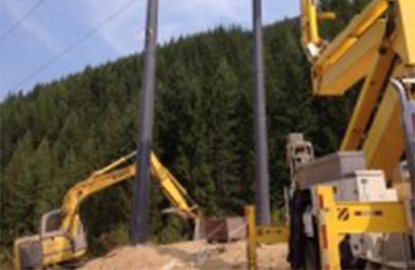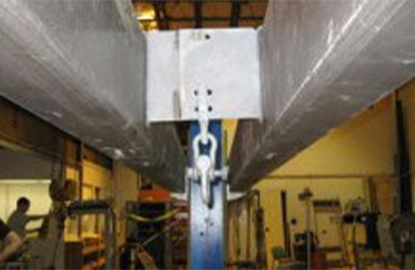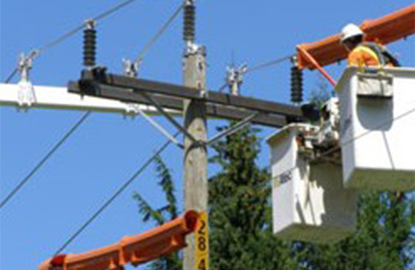We previously introduced our new composite utility poles and their key components. But, what are some of the reasons to choose FRP utility poles over a more traditional material like wood or steel? Here, seek we’ll take a look at just a few of the reasons to choose FRP utility poles.
Safety: high dielectric strength
Under extensive tests, FRP utility poles are able to withstand the harshest environmental conditions. This is because composite utility poles are manufactured with electrical grade E-glass reinforcements in the form of unidirectional roving, Continuous Filament Mat (CFM), and stitched fabric mats. All E-glass reinforcements meet a minimum tensile strength of 290 ksi per ASTM D2343.
No chemicals or pesticides leaching
The material is environmentally inert and could be used in environmentally sensitive areas, such as fish habitats, drinking water supply areas, and wetlands.
Fire Retardant
Our utility poles are pultruded with a high-performance Vinyl Ester (VE) resin based on a bisphenol-A epoxy matrix. The VE resin is utilized for its superior toughness and fatigue attributes, providing fire-retardant properties in the event of a brush or pole top fire. The poles are classified as “self-extinguishing” per UL94 with a V0 rating. The flame spread rating per ASTM E-84 is Class I with a Flame Spread Index (FSI) of 25 or less.
Unaffected by termites, woodpeckers & vermin
Our top caps and base plugs are engineered to prevent rodent and insect infestation. The Low-Density Polyethylene and FRP caps and plugs are customs molded to snugly fit the poles.
Will not rot
The base plug provides foundation support to keep the hollow pole from shearing into the soil.
Lightweight
With a hollow design, the lightweight of the FRP utility poles results in reduced shipping costs and dramatically lowered installation costs.
